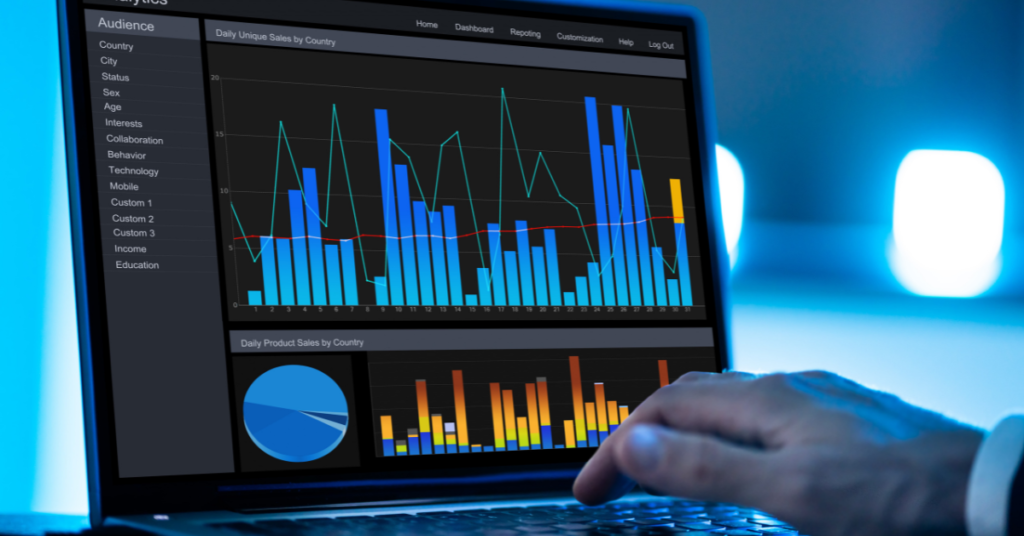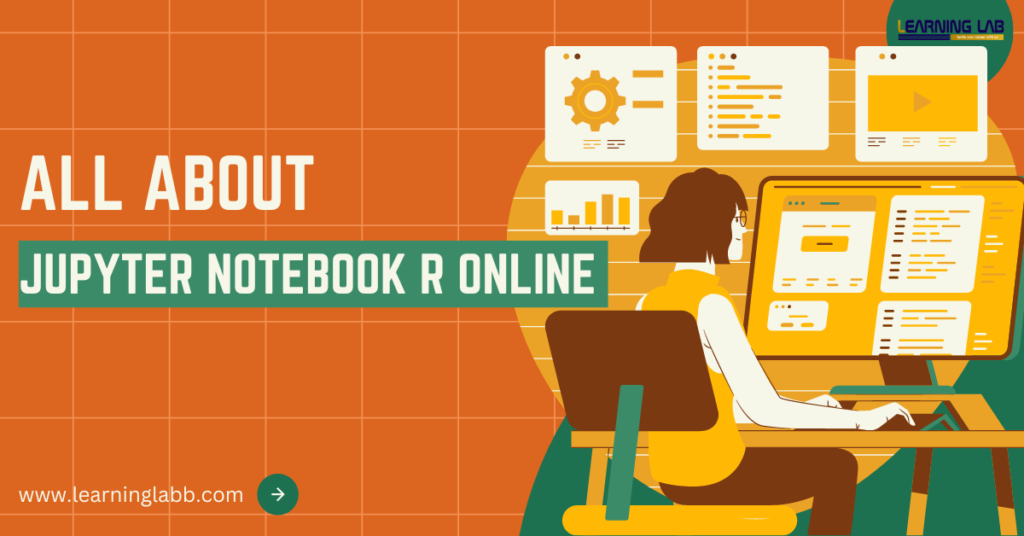Jupyter Notebook R Online: Tools that make things easy are always in demand! And one such tool is Jupyter Notebook. While it’s well-known for supporting Python, it also integrates seamlessly with R, making it an excellent choice for those looking to use Jupyter Notebook and R online.
In this blog, we will explore the functionalities, benefits, and applications of Jupyter Notebook, particularly focusing on visualization and the R environment.
What is Jupyter Notebook?
Jupyter Notebook is an open-source web application that allows you to create and share documents that contain live code, equations, visualizations, and narrative text. It supports various programming languages, including R, which is widely used for statistical analysis and data visualization.
The online R environment Jupyter allows you to access Jupyter Notebooks from anywhere, making it a convenient option for collaborative projects. Moreover, when you Jupyter R online, visualisation becomes more intuitive. You can tweak your code and instantly see the updated visual outputs, which makes the process of data exploration much faster.
This dynamic interaction between code and output is what sets the online R environment Jupyter apart from traditional coding environments. If you are new to Jupyter Notebook R online, there are several tutorials and guides available to help you get started. Many cloud-based platforms now offer Jupyter R online, making it accessible without the need to install software on your computer.

3 Steps on How to Use Jupyter Notebook R Online?
To start using Jupyter Notebook in line with R, you need to install Jupyter and R on your system. Alternatively, you can use cloud-based platforms that provide an online R environment Jupyter, allowing you to work without any local setup.
Platforms like Google Colab or Binder provide free access to Jupyter Notebooks with R support, enabling you to begin your data analysis journey effortlessly.
- Install Jupyter: First, you’ll need to install Jupyter on your local machine. Alternatively, you can use cloud services like Google Colab, which supports Jupyter R online without any installation.
- Install R and R essentials: Make sure you have R installed on your system. Install the necessary R packages to enable the use of R in Jupyter.
- Start Jupyter Notebook: Once everything is set up, launch Jupyter Notebook, select the R kernel, and you are ready to start coding in R!
Jupyter R Online Visualization
When it comes to data visualization, R is one of the most powerful languages, and Jupyter R online visualization takes it a step further. The combination of R’s advanced plotting libraries, such as ggplot2 and plotly, with Jupyter’s interactive environment, offers unmatched flexibility.
With Jupyter R online visualization, you can create everything from simple bar charts to complex multi-dimensional graphs. Additionally, you can make your visualizations interactive, which is especially helpful for exploring large datasets or presenting findings to a non-technical audience.
Why Use Jupyter Notebook with R?
There are several reasons why Jupyter Notebook is highly recommended for R programming:
- Ease of use: Jupyter’s interface is user-friendly, making it easy for beginners to get started. The Jupyter R online platform allows you to write R code, execute it, and immediately see the results in the same notebook.
- Interactive data visualization: With Jupyter R online visualization, you can create interactive plots and charts. This makes it easy to explore data, identify trends, and communicate insights effectively.
- Seamless integration: Jupyter Notebook when used in conjunction with R, integrates well with R packages, making it a convenient tool for advanced statistical analysis and data science workflows.
- Collaboration: Because Jupyter Notebook is web-based, it enables easy sharing and collaboration with colleagues. You can access your work from any device, making the online R environment Jupyter ideal for remote teamwork.
How to Create Visualizations in Jupyter R Online?
Creating visualizations in Jupyter Notebook with respect to R is pretty simple and straightforward. Here’s a simple example using ggplot2:
R
Copy code
# Load the necessary library
library(ggplot2)
# Create a sample data frame
data <- data.frame(
Category = c(“A”, “B”, “C”),
Values = c(10, 20, 15)
)
# Create a bar plot
ggplot(data, aes(x = Category, y = Values)) +
geom_bar(stat = “identity”) +
labs(title = “Sample Bar Plot”, x = “Category”, y = “Values”)
By running this code in your online R environment Jupyter, you can visualize the data instantly, making it easier to interpret results.

Who should Use Jupyter Notebook?
Jupyter Notebook in line with R is suitable for students, professionals, researchers, and anyone interested in data science or statistical analysis. The platform is user-friendly and offers a rich environment for coding, data analysis, and visualisation.
Even if you’re new to R, starting with Jupyter R online can give you a head start due to its flexibility and ease of use.
On A Final Note…
Using Jupyter Notebook in comprehension with R is a game-changer for anyone working with R. From data analysis to visualisation, the Jupyter R online environment provides a streamlined workflow that makes coding and collaboration more efficient.
With the added benefit of Jupyter R online visualization, you can create stunning data visualisations without needing separate tools. So, whether you’re a beginner or an expert, the online R environment Jupyter offers a flexible and powerful platform for all your data science needs.
Learning Jupyter Notebook and R can help improve your productivity, streamline your data analysis, and make your findings easily shareable with others. To know more, click here.





